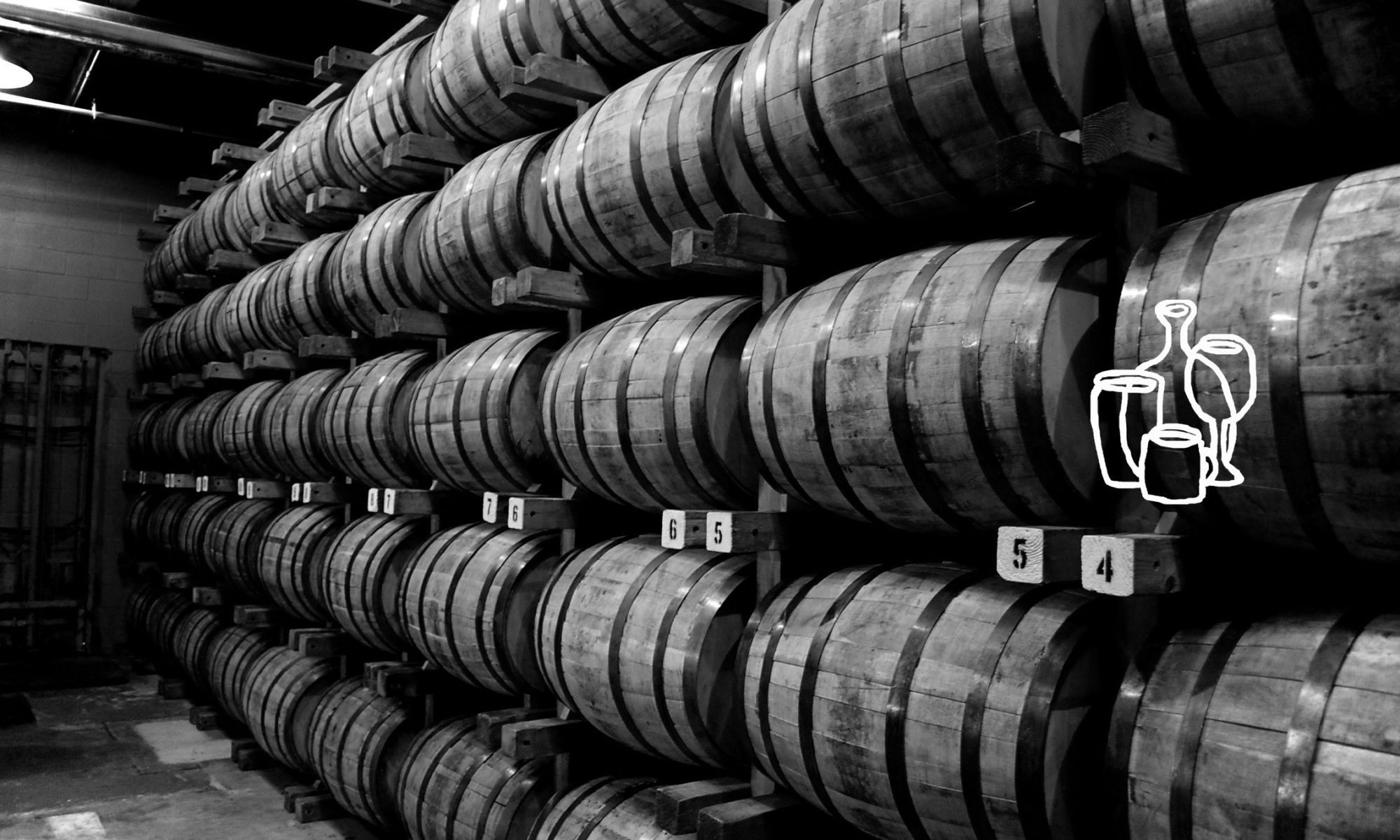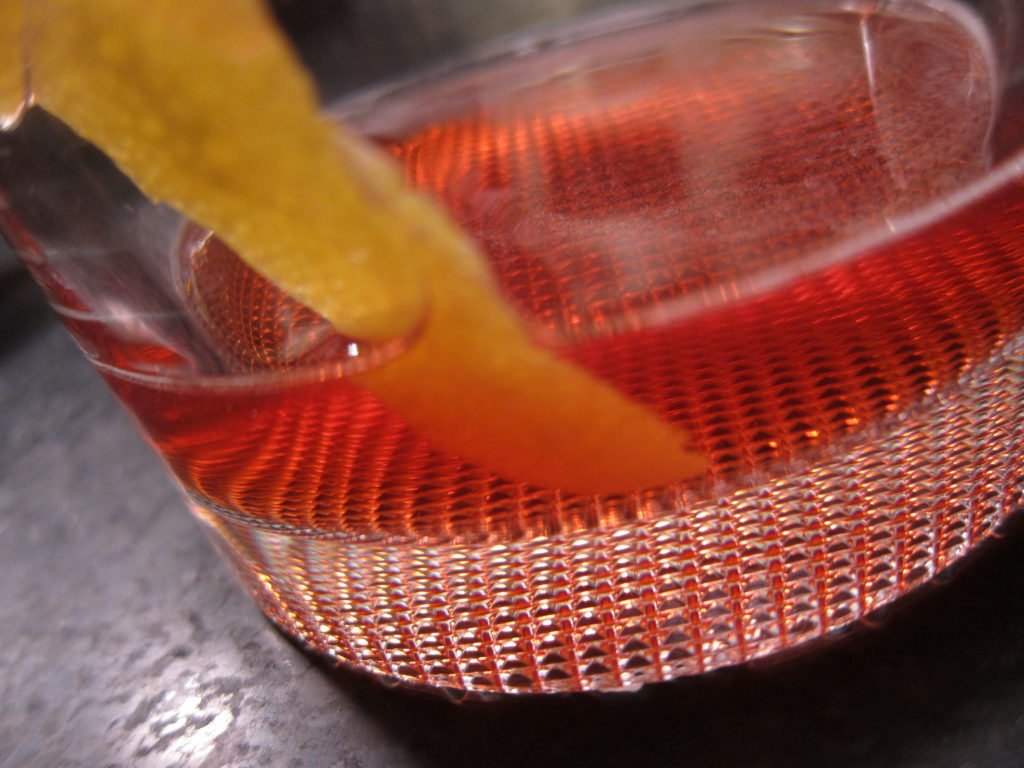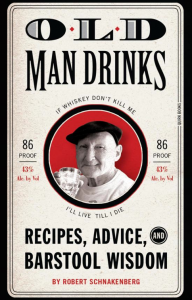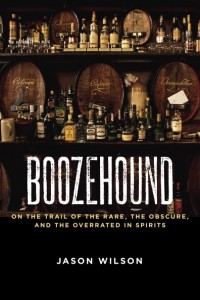I’ve always been hesitant to use long aged (AKA $50+) whiskey in cocktails, thinking that a 6 year old rye or 10 year old bourbon offer a better balance of approachability and complexity from time in the barrel. A bottle such as Pappy Van Winkle 15 year old bourbon has always been reserved for neat drinking in my house, due to its amazing character and its cost, quite frankly, but also because it just seems a bit sacrilegious to mix anything beyond a few drops of good water into something so fine. Now, I’ve heard of Pappy cocktails being served at pairing dinners with Julian Van Winkle III himself at the table, but it wasn’t until I read John Kessler’s brief chat with Charleston chef Sean Brock that I had a strong desire to explore Pappy in a cocktail. Chef Brock shared an approach for making a Pappy Old Fashioned that Mr. Van Winkle himself had recently offered up – a slightly unorthodox approach that, I’m sure, plenty of thought and experimentation went into. So with the Van Winkle-endorsed recipe in hand, I joined a few Pappy-appreciating friends to tinker with the recipe and contrast it with the standalone bourbon. The fact that we were playing with the Old Fashioned eased my apprehensions as well, given that it’s one of the simplest of classic cocktails, one that focuses on the primary ingredient (here, bourbon), layered with the interplay of aromatic bitters and the sweetness of a bit of sugar.
The test was this:
Glass A – Pappy 15
Glass B – a conservative take on the Pappy 15 Old Fashioned, adding a cube of brown sugar doused in Angostura and orange bitters
Glass C – following Mr. Van Winkle’s lead, taking the above and adding a small wedge of orange to the mix
Glass D – blending the Glass C approach with another common Old Fashioned technique, the addition of a touch of club soda

So, we started with the bourbon itself and progressed step by step to cocktails that layered on extra dimensions. The results were fascinating to say the least…
Glass A – Pappy 15 – a genuinely great bourbon worthy of slow contemplation on its own. The first thing that hits you is the depth of the nose that the time in the barrel has provided, caramel, leather, cedar, on and on. There is the evident heat, it is 107 proof, but it’s kept in check amidst the layers of spice and toasty caramel. Close to perfection in a bourbon. How can you mess with this?!
Glass B – Pappy 15 Old Fashioned, with brown sugar and bitters – wow, the nose now is completely changed, gone are the deep aged notes, in are the bright aromatics of the bitters, which really take over. Bitter orange peel, cloves, sharp floral whiffs. Where’s the Pappy? But then you take a sip, and the Pappy emerges, now a bit sweeter indeed, a bit more rounded, present but definitively altered – a cocktail rather than a bourbon in the glass. Is it better? No, not really. Is it good? Yes, definitely. And as the drink sits in the glass, the cube of ice melts a bit, the bitters take more of a back seat and integrate into the bourbon more effectively.
Glass C – Pappy 15 Old Fashioned, with a wedge of orange in the mix – OK, now this is interesting. The orange muddled into the bourbon increases the orange notes (duh) that hit your nose up front, but the sweet acidity of the orange also somehow manages to make the drink “fuller,” smoother, rounder. Dare I say more interesting? This is an excellent cocktail, no doubt, with a LOT going on between the citrus, the bitters, the bourbon itself. It respects the bourbon, but adds a playful element of surprise to the Pappy experience.
Glass D – Pappy 15 Old Fashioned, now with a touch of club soda – a little bit of water can go a long way. Here, alas, the way it’s going is a dead end, a distraction, a verge off into too sweet and too mellow that basically diminishes the glory of the main ingredient. Fail. Well, maybe not a FAIL, but does not compare well to the other versions tested.
Conclusion: Pappy 15 is a glorious thing on its own. It’s hard to justify making a cocktail out of it, BUT… if you are hankering for a cocktail that respects a fine bourbon, there is an Old Fashioned that works delightfully well, that is interesting and engaging, that is OK to put Pappy 15 in! Julian Van Winkle III clearly knows his stuff, and the combination of the brown sugar, bitters and orange is a fine partner for Pappy.
So, here it is, a slightly modified take on Van Winkle’s Pappy Old Fashioned:
Ingredients:
1.5 oz Pappy Van Winkle 15 year old Kentucky Straight Bourbon
1 brown sugar cube (roughly 1 tsp brown sugar pressed into a cube)
Angostura Bitters
Orange bitters
Orange wedge, peeled, fruit only (Satsuma or similar is a good choice)
Preparation:
Place sugar cube over a paper towel on top of an Old Fashioned (AKA rocks) glass. Add 6 drops of Angostura bitters and 6 drops of orange bitters to the sugar cube, then let it settle through the sugar – a good portion of the bitters will absorb into the paper towel. Drop the sugar cube into the glass, and add 1/4 oz Pappy and a small wedge of orange. Muddle well. Add one large ice cube and 1 oz Pappy, then stir well. Once stirred, add a final 1/4 oz Pappy. And enjoy!
Notes:
Chef Brock uses a touch of sorghum over a regular white sugar cube instead of brown sugar. Mr. Van Winkle commented below to be sure to peel the orange and use the fruit only, so that the bitterness of the pith is taken out of play.













 It’s a bitter cold January morning. The sky is gray, slightly ominous even. In an empty parking lot off N. Decatur Road in Atlanta sits a rattletrap, one of those old VW vans, a Westfalia the perfect junky color of orange rust, just like a jacket I had back in the ’70s. Three guys are hanging out inside the crowded van, puffs of smoke (or is it steam?) appearing every few minutes. Surely they’re up to no good, right?
It’s a bitter cold January morning. The sky is gray, slightly ominous even. In an empty parking lot off N. Decatur Road in Atlanta sits a rattletrap, one of those old VW vans, a Westfalia the perfect junky color of orange rust, just like a jacket I had back in the ’70s. Three guys are hanging out inside the crowded van, puffs of smoke (or is it steam?) appearing every few minutes. Surely they’re up to no good, right?






